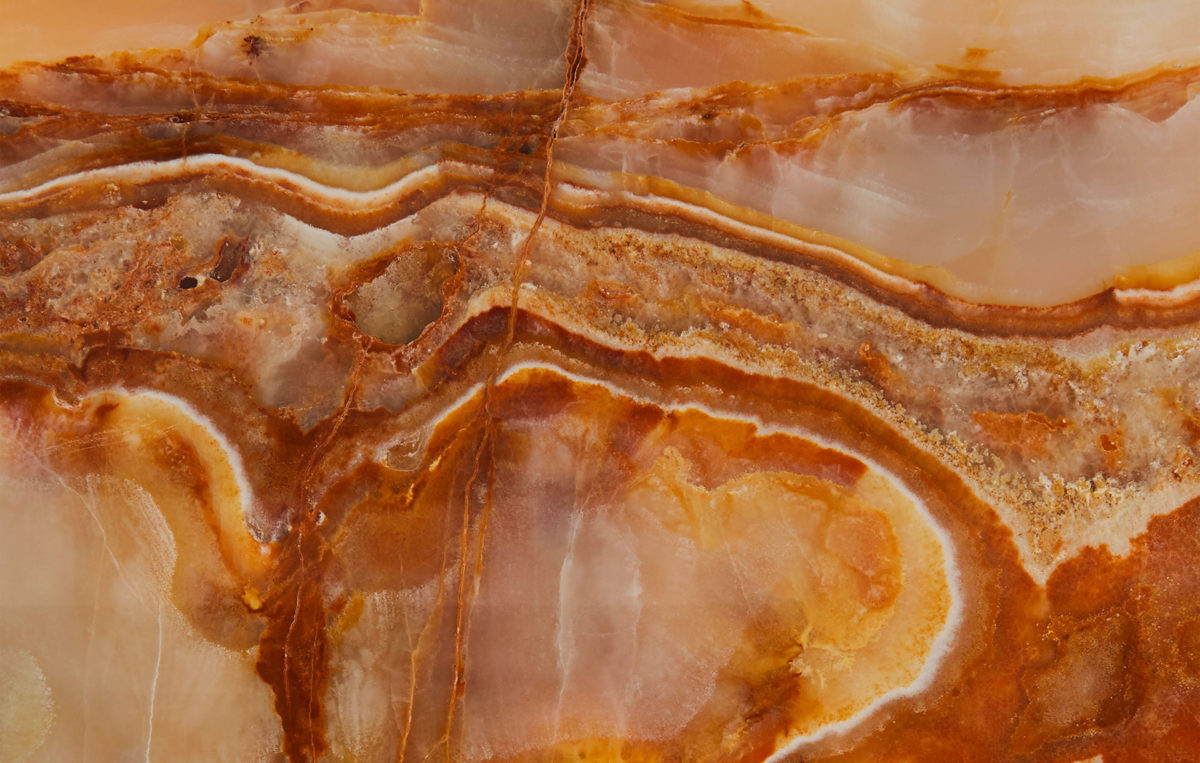Institute Estederm Paris created a series of solar treatments, formulated with a patented cell protection technology, Global Cellular Protection


The star sun is a ball of glowing gasses, keeping the planets and particles in its orbit and making up 99.8 percent of the solar system’s mass.
In connection to planet Earth, the sun enables life – it drives the seasons, weather, climate, and oceans. To humans, it manufactures vitamin D, which the skin utilizes for bone formation.
The cells of the epidermal layer contain the pigment melanin, protecting the skin from the ultraviolet rays. Excessive exposure to the sunlight may burn the skin, as the UV rays penetrate the outer layers and pass into the deeper layers, where they can damage, kill skin cells, and cause skin diseases.
These issues provoke the question ‘how to protect the body’s largest organ correctly?’, having the application of sunscreen as an answer. It blocks ultraviolet B rays, shortwave rays from the sun generating vitamin D in the skin, yet does it not hinder the body from absorbing the vitamin, if applied in moderation. Sunscreen exists in two types. The physical blocker suncream contains zinc oxide or titanium dioxide, ingredients
that reflect ultraviolet rays from the sun. The option of chemical blockers includes chemicals that absorb the sun’s ultraviolet rays. «In the United States these include aminobenzoic acid, avobenzone, octisalate, octocrylene, and oxybenzone», states Health Harvard. «Oxybenzone has received the worst press because of concerns that it may act as
what is known as a hormone disrupter. A hormone disruptor is a chemical that can cross cell membranes and interfere with your body’s natural hormone production. However, there has been no conclusive evidence that Oxybenzone is harmful to humans».
Overall, sunscreen assures the skin’s outer layer from the penetration of the UV rays and protects against three of the most common skin cancers: squamous cell carcinoma, basal cell carcinoma, and melanoma. «The degree of protection that sunscreen provides is directly related to the degree to which ultraviolet radiation is associated with the formation of
skin cancer. For instance, in prospective studies of sunscreen, the incidence of squamous cell carcinoma is reduced the most—as much as 40% over four years», states Health Harvard.





















